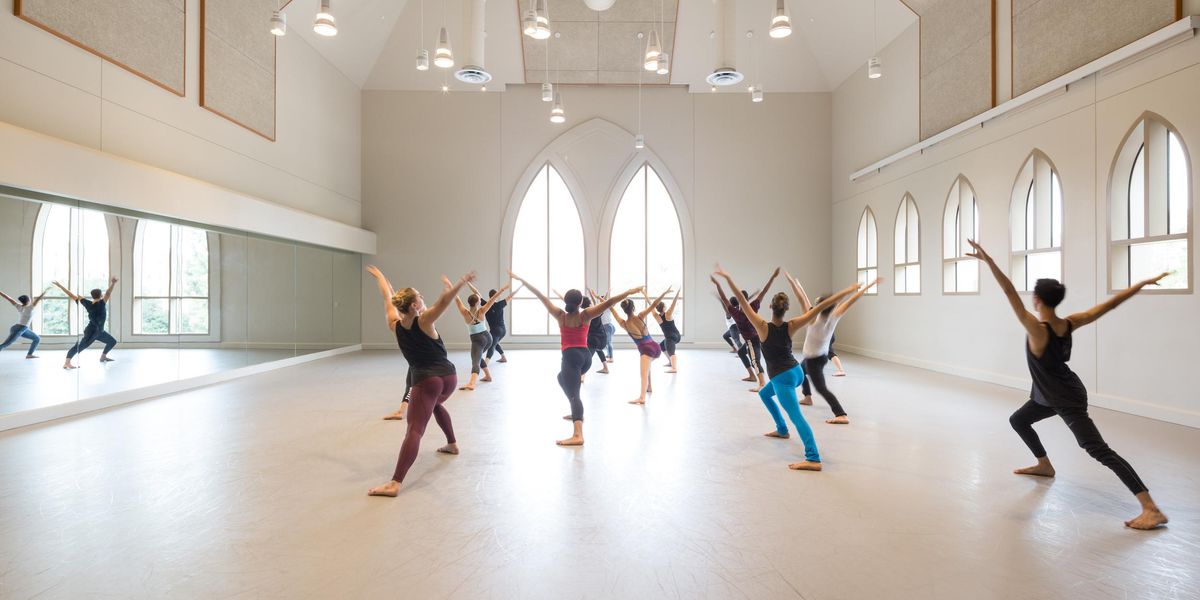Teacher's Wisdom: Finis Jhung
An eminent and energetic ballet teacher, Finis Jhung always seems to be on the move. Since 1972, the Honolulu-born Jhung has taught movers of all kinds, from ABT ballerinas to Cunningham dancers to aspiring professionals. And he shares his insights with many more through his popular instructional DVDs. An elegant performer himself, Jhung danced with San Francisco Ballet and the Joffrey and was a principal with the Harkness Ballet. He performed in the Broadway and Hollywood versions of
Flower Drum Song and now trains the boys bound for Broadway in Billy Elliot: The Musical. He teaches at Broadway Dance Center and The Ailey Extension in NYC, where writer (and adult beginner) Michael Northrop has learned first-hand about his wisdom (and his patience).
Which teachers and dancers influenced you?
“Mr. C,” Professor Willam Christensen at the University of Utah, taught me stagecraft. Mme. Valentina Pereyaslavec (“Mme. Perey”) at ABT inspired me with her tremendous passion and discipline. Erik Bruhn, the epitome of male elegance, mentored me. Rosella Hightower made me think “balance, balance, balance.” David Howard was my teacher and coach in the Harkness Ballet and taught me how to do things I never thought I could.
How would you describe your general approach to teaching?
I like to help dancers solve their technical and artistic problems. I know what it’s like to be frightened to death to go onstage because you know you’re going to fall all over the place and don’t know what to do about it. When I studied with Mme. Perey, I let her force me into “perfect” positions and was so “pulled up” and off my leg I lost the technique Mr. C had given me. When I joined the Joffrey and took Bob Joffrey’s classes, I learned it wasn’t necessary to stand in a forced fifth, so I gradually recovered my technique. I’ve been a Buddhist since 1966 and have come to believe through my experiences that we can overcome seemingly impossible difficulties and change for the better through our mistakes. Nothing makes me happier than seeing students do things they never thought they could.
What is the most common mistake you see from students?
Students—whether assuming poses or turning or jumping—want to go directly to the finished position and neglect the preparation that leads to it. I am always reminding them that the dancer’s job in class is to learn the preparations for all movements. When things don’t look right, it’s because you didn’t prepare correctly. It’s all cause and effect: Do this, and you get this; do that, and you get that.
How did you go about starting your video series?
Denise Daniele Blackstone, who has her own studio in New Jersey, was taking my class at Broadway Dance Center in 1994 and told me I should be more commercial. She wanted me to make videos for teachers like her who had not been professional ballet dancers but ran successful studios and realized the importance of solid technique. She suggested I break down the steps and try to make ballet easier to understand. Thank goodness she did. I now self-produce my own videos and CDs. You can watch and listen to clips at finisjhung.com.
How did Billy Camp come about, and what is it like working with the Billys?
Nora Brennan, the children’s casting director for Billy Elliot: The Musical, is a former student and asked me to teach the call-back classes for the original Broadway production two years ago. Besides teaching at all the call-backs, I have also taught the Billys of the original Broadway production and both national touring companies. At Billy Camp, I teach boys who are being seriously considered for Billy but are too young or need more training. Working with Billy Elliot has special meaning for me, because when I was 11 years old growing up in pre-TV Hawaii, I used to dance around the house for hours to the same music from Swan Lake that is used for Billy’s dream ballet in the show.
Why do students need to understand the difference between pulling up and pushing down?
“Pull up” is misleading: What is there to pull up? Yes, you must always stretch up the back of your neck with eyes and ears as far from the floor as possible. But at the same time you must send your weight down to the floor so you can stand without falling. I use the word “pull” when you plié. I don’t think you should ever relax into a plié unless it is for a stretch. I tell my students to grip the floor with their feet and pull their upwardly stretched body down into the plié. This engages the muscles of the feet and legs and develops movement control. When coming up from an extremely slow plié on two feet, for strengthening purposes I say you should resist the upward movement by pressing down as you pull your inner thighs together.
Why is opposition so crucial to ballet?
When you don’t work with opposition, you have to work very hard not to fall over; this creates visible tension and stiff and jerky movements. Ballet dancing epitomizes movement we consider beautiful because it flows into beautiful poses and steps we enjoy seeing. The correct use of opposition—sending weight and energy that is equal in opposite directions—allows you to balance, turn, and jump with skill and ease. This is what makes ballet look like ballet—your whole body is alive with energy, and weight is moving from your toes to your fingertips in all directions at every moment!
Jhung teaches at The Ailey Extension. Photo by Kyle Froman, courtesy Ailey




